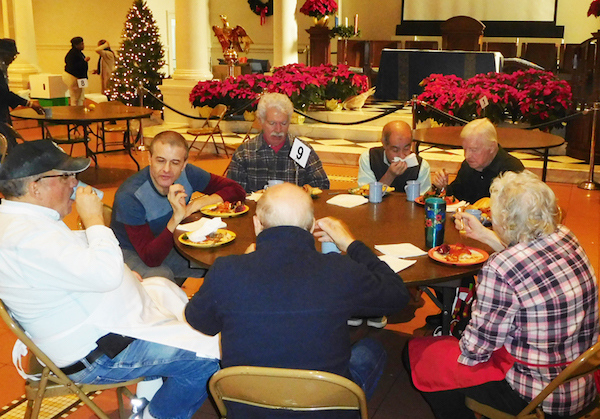
BY DONATHAN SALKALN | During this holiday season, we should all be proud that our community is not only a special place for stuffing stockings hung by the chimney with care, but also a pocket full of warmth for the needy.
The forgotten are never forgotten in Chelsea—and for many, Chelsea is their home.
A shout-out should be given (or even a full-blown carol should be sung) to the local officials who fought against the tirade of “Not In My Neighborhood.”
Chelsea’s electeds have always listened to the concerns of those in opposition to proposed facilities, and adjusted plans to accommodate both sides, as they are doing with the controversial scenario put forth by Mayor Bill de Blasio and the New York Housing Authority (NYCHA), to enter into a public/private partnership that floats the possibility of demolishing two buildings at Fulton Houses, and relocating tenants to elsewhere on the property.
The electeds in question include New York State Assemblymember Richard Gottfried (1971-to present), New York City Councilmember and New York State Senator Tom Duane (1992-2013), New York City Councilmember and Speaker Christine Quinn (1999-2013), former Community Board 4 Chair and current New York City Council Speaker Corey Johnson (2010-present), New York State Senator Brad Hoylman (2013-present), New York State Assemblymember and Congressperson Jerrold Nadler (1977 to present) and New York City Councilmember and Congressperson Carolyn Maloney (1983 to present), and our District Leaders, and State Committee Members. These present and past electeds have always had the backs of the poor.
Also, support systems such as local churches, Community Board 4, block associations, Save Chelsea, the Chelsea Reform Democratic Club, Penn South, NYCHA’s Fulton and Elliott Houses, and so many others continue to advocate for the homeless, and fight for affordable housing.
The Chelsea area is home to:
—Holy Apostles Soup Kitchen, which has served over 9 million meals to the needy since 1982. Currently, Holy Apostles Church partners with several non-profits and government agencies to provide medical vans, legal staff, HIV/AIDS outreach workers, and benefits counselors who regularly visit the site. While serving from 800 to 1,000 lunches every weekday, the soup kitchen also participates in the Brown Bag Lunch Program, preparing 225 portable midday meals each weekday. They partner with Hearty Start, which distributes the lunches to homeless individuals in the Penn Station area, homeless students attending PS33 (across from the soup kitchen), and seniors taking part in the Chat and Chew program at Penn South, an affordable housing complex next door to the soup kitchen (269 Ninth Ave.).
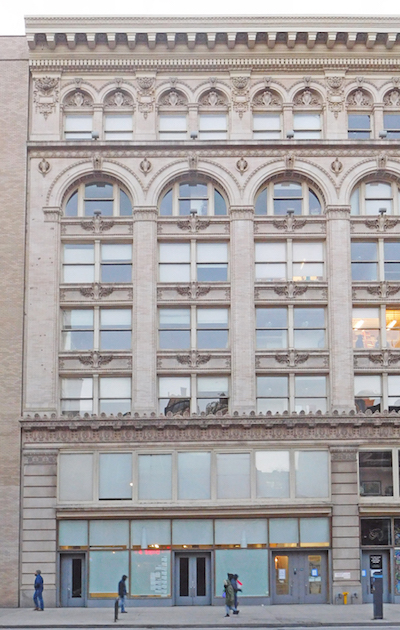
—Breaking Ground’s The Christopher facility, with 207 units of permanent supportive housing for low-income, formerly homeless adults, or persons living with HIV/AIDS. Built in 1904, The Christopher is the site of the former Robert McBurney YMCA, where Andy Warhol and playwright Tennessee Williams were among the famous residents who took advantage of the YMCA’s affordable lodging (202 W. 24th St).
—The Prince George, with 416 units of affordable housing for low-income and formerly homeless adults and persons living with HIV/AIDS. The Prince George building is well over 100 years old, and was once one of New York City’s premier hotels. It was rehabilitated by Breaking Ground and reopened in 1999, and is now listed on the National Register of Historic Places (14 E. 28th St.).
The Bowery Residents’ Committee (BRC) has over 320 beds for homeless people with mental illness or substance abuse challenges. “Last year, over 800 men and women graduated from BRC shelters and safe havens and moved into more independent housing. Of those who moved out the year before, less than 10% have returned to the shelter system,” said Muzzy Rosenblatt, CEO and President, in 2016 (131 W. 25th St.).
—St. Francis Friends of the Poor, with facilities for over 300 men and women formerly homeless with mentally ill conditions. The first St. Francis Residence was opened in 1980. It was the first of its kind to offer a comprehensive solution to the problem of homelessness—permanent housing with supportive services. This approach has become an award-winning model for programs all over the country. (155 W. 22nd St., 125 E. 24th St., 148 Eighth Ave).
–St. Francis Xavier Church, operating a 12-bed Xavier Mission emergency shelter for homeless men who are referred by John Heuss House (a drop-in center run out of Trinity Church, in Tribeca). St. Francis also operates a soup kitchen on Sundays, and a food pantry on the second Saturday of each month (36 W. 16th St.).
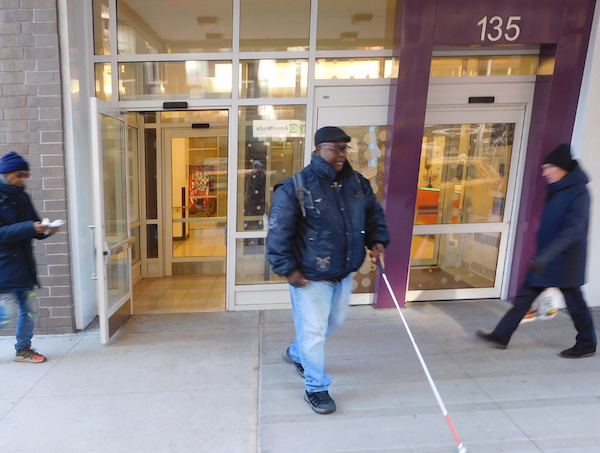
–Selis Manor provides over 205 rooms to the blind and physically disabled. This past October, Selis celebrated the renovations of all its rooms. The building consists of studio, 1- and 2-bedroom units, as well as amenities such as a laundry room, a multi-purpose room, and two types of outdoor spaces. It also hosts program space for VISIONS, an organization that provides services for the blind and visually impaired (135 W. 23rd St.).
—Harmony House, with 52 units for single adult men and women who are living with HIV and AIDS (226 W. 20th St).
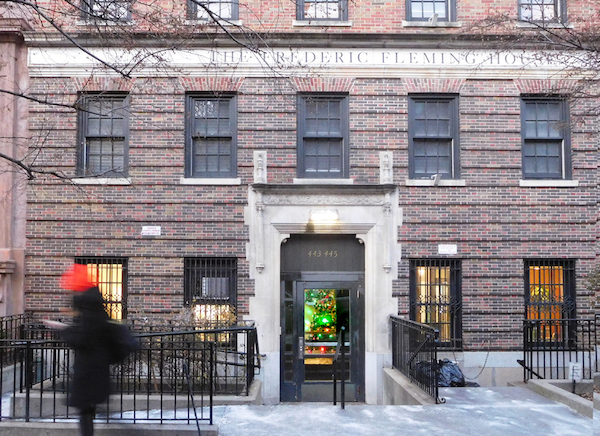
—Frederic Fleming House, with 46 formerly older homeless (446 W. 22nd St).
—Flemister House, with 50 affordable housing units. It has day programs providing meals, medical care, therapeutic massage, support groups. and recreation programs for those with HIV and AIDS (527 W. 22nd St.).
—Antonio Olivieri Drop-In Center provides soup kitchen, showers, and other services for the homeless and poor (257 W. 30th St).
–A new “Safe Haven” facility for the homeless, a concept driven by the BRC and being adopted by NYC, will open near the Salvation Army on W. 14th St. The Center for Urban Community Services will manage the facility, providing food, shower facilities, psychiatric services, and primary medical care and beds (114 W. 14th St.).
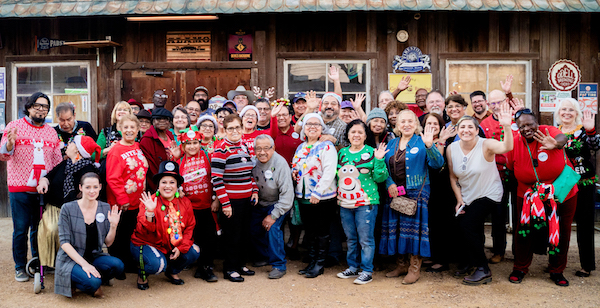
—Senior Planet, which offers people 60 and older classes in technology, to provide opportunities in reshaping their lives (127 W. 25th St.).
—New York City Council Speaker Corey Johnson and Manhattan Borough President Gail Brewer sponsor a Fresh Food for Seniors program that brings fresh produce to seniors ($8). Speaker Johnson’s office also sponsors free housing clinic services with housing attorneys on site on the second Tuesday of every month (224 W. 30th St., Suite 1206).
Chelsea Community News is made possible with the help of our awesome advertisers, and the support of our readers. If you like what you see, please consider taking part in our GoFundMe campaign (click here). To make a direct donation, give feedback about the site, or send a Letter to The Editor, email us at Scott@chelseacommunitynews.com.

Pingback: extensionsbygenevieve.co.uk/mobile-hair-extensions-enfield
Pingback: best passive income
Pingback: Aller voir
Pingback: explorer
Pingback: 토토셔틀
Pingback: 먹튀검증
Pingback: see here
Pingback: melanotan 2 nässpray
Pingback: Condor cbd review
Pingback: sbo
Pingback: sbo
Pingback: 파워볼사이트
Pingback: Pt Chat Sexo
Pingback: บาคาร่า1688
Pingback: ทดลอง luca
Pingback: buy golden teacher mushrooms
Pingback: ซ่อมรถบรรทุก
Pingback: slot999